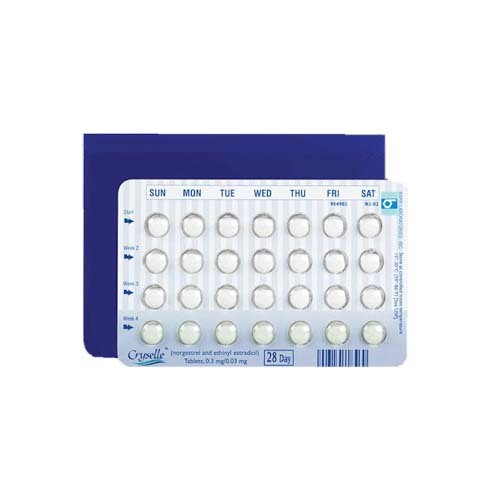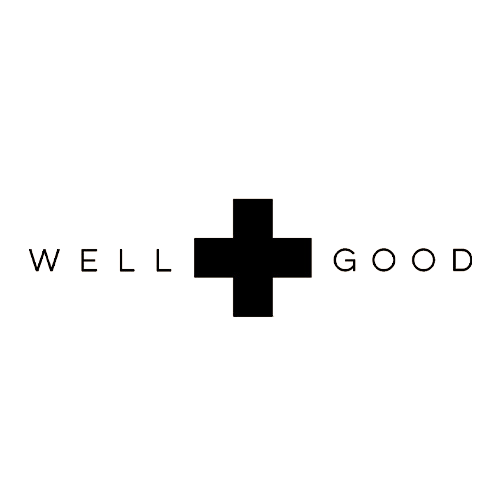Please note that Cryselle 28 is supplied in a 3-month supply, and, for payments without insurance, will be charged at checkout.
If you prefer this specific medication, let your provider know the medication name and strength in the preference section of the health assessment.
If you prefer this specific medication, let your provider know the medication name and strength in the preference section of the health assessment.
Why Nurx?
-
 Free, fast shipping with automatic refills for items fulfilled by our pharmacy. Easily pause or cancel anytime.
Free, fast shipping with automatic refills for items fulfilled by our pharmacy. Easily pause or cancel anytime. -
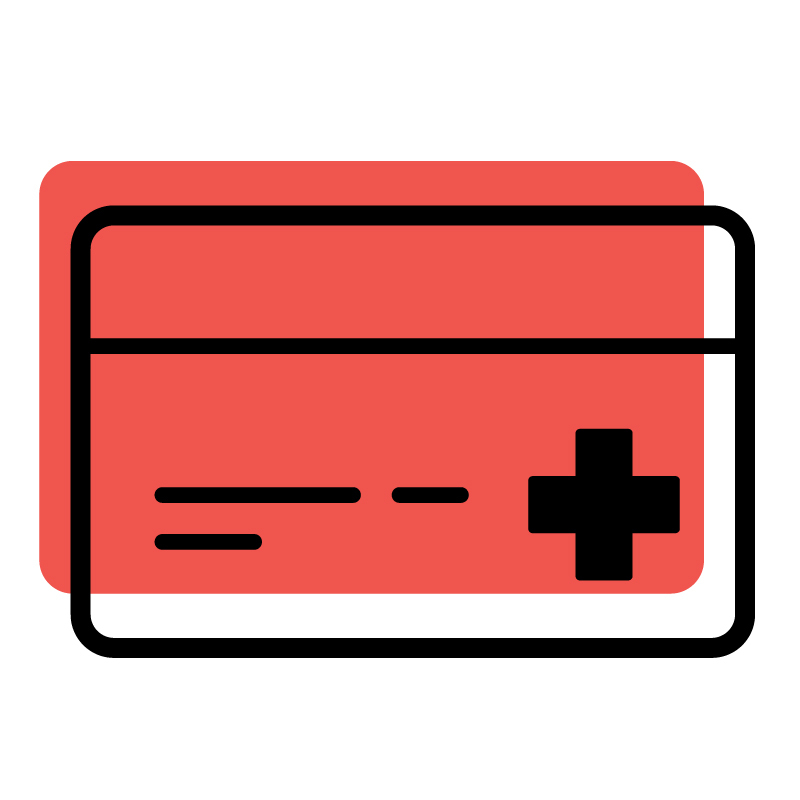 Clinically-recommended medications & affordable out-of-pocket prices.
Clinically-recommended medications & affordable out-of-pocket prices. -
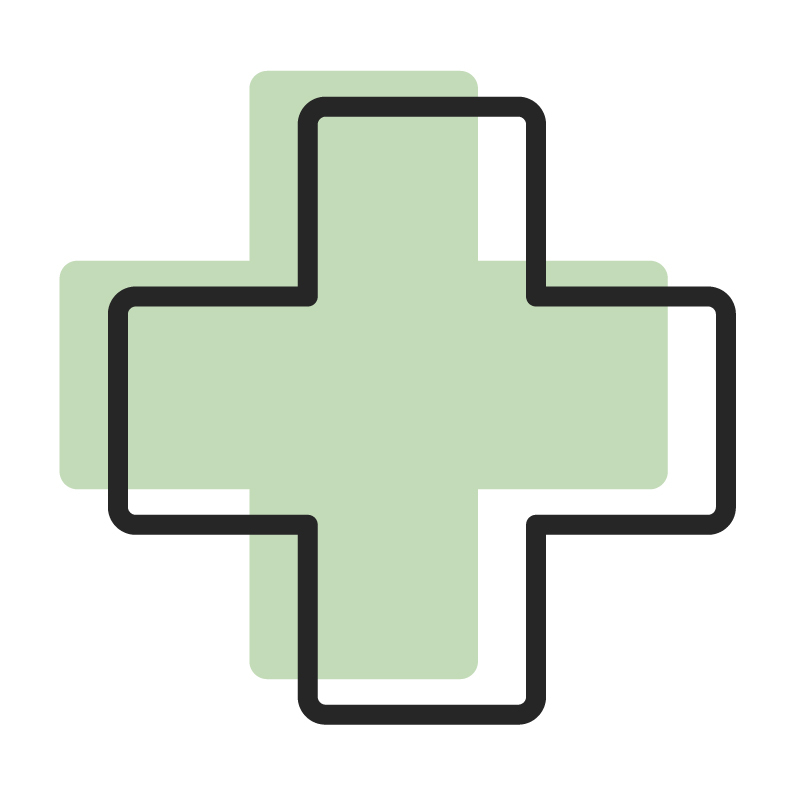 Unlimited messaging for one year with licensed providers.
Unlimited messaging for one year with licensed providers.
Product details
Cryselle 28 is a combination birth control pill that prevents pregnancy. The two hormones contained in the medication prevent the release of an egg during your menstrual cycle, change the lining of the uterus to prevent a fertilized egg from attaching, and thicken the vaginal fluid to restrict sperm from reaching the egg. Our team at Nurx can prescribe Cryselle 28 at special request, or can offer the generic equivalent Low-Ogestrel for as low as $0 with insurance or as little as $15 without insurance.
We also charge a $30 medication consultation, which includes unlimited access to our medical team for a full year.
Additional Details
FAQ
We are doctors, nurses, nurse practitioners, pharmacists, and physician assistants who are passionate about providing patient care. The Nurx medical team believes that everyone deserves access to personalized, non-judgmental healthcare, and that open and honest communication is key.
MD


How It Works

You Choose
Select your medication, or get guidance from our medical team. Answer a few questions and enter your insurance info (if you have coverage - if not, no problem)
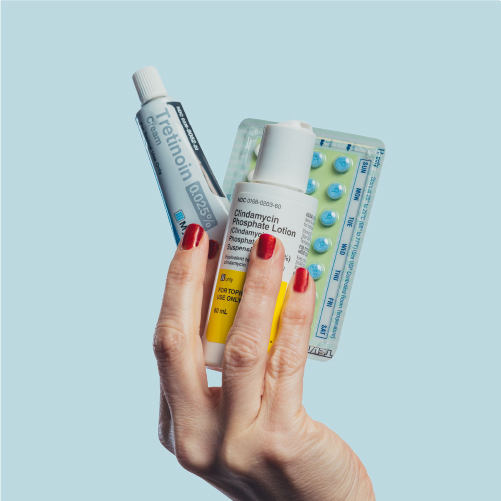
We Prescribe
A Nurx provider in your state will review your request and write a prescription, if appropriate
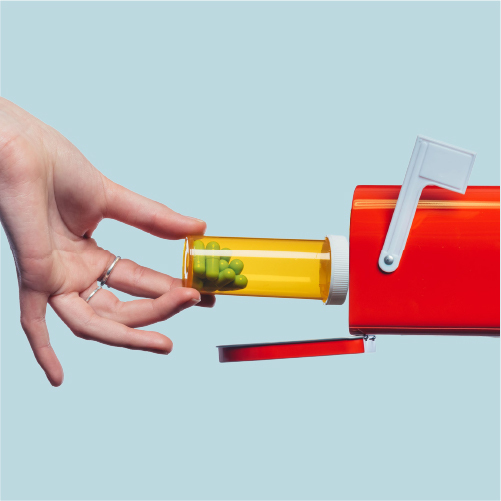
Delivered Free
We deliver your medication directly to you. On time, in a discreet package, and with no added costs
